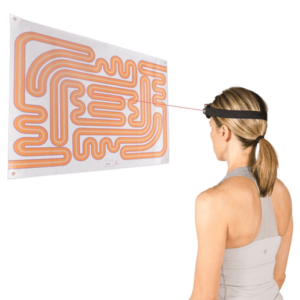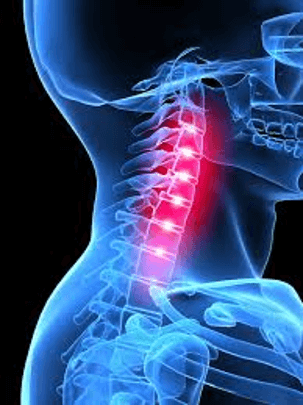CERVICOGENIC DIZZINESS AND HOW PHYSICAL THERAPY CAN HELP?
- Dizziness accounts for 7% of visits to the physician for individuals 45 years of age
- Dizziness is the leading reason for physician visits for individuals over the age of 65
- Emergency department visits due to dizziness have increased 37% in the past 10 years in the US
- Since there are numerous sources of dizziness, diagnosing can be challenging and only 49.2% of patients reporting dizziness have been given a confirmatory diagnosis.
What is cervicogenic dizziness?
- Symptoms of dizziness that originate from the neck
- There is a miscommunication between your neck joint receptors and your brain and inner ear
- “Adverse changes in the proprioceptors in the neck may affect the control of the eye stabilization, eye-head movement, and postural stability”
What causes cervicogenic dizziness?
- Sympathetic nervous system in the neck gets irritated
- Abnormal proprioceptive input from either joint receptors, muscles, tendons, tissues in the neck (most common)
What are common symptoms?
- Unsteadiness and/or lightheadedness, typically no feelings of true vertigo
- Feeling of the head not sitting right on shoulders, or a sense of being unstable
How is it diagnosed?
Cervicogenic dizziness is a diagnosis of exclusion, therefore, physical therapists will perform a thorough subjective history and tests in order to rule out other possible causes of dizziness.
- A physical therapist may ask you these questions:
- When do you feel dizzy?
- How long does it last?
- Do certain head motions or activities increase your symptoms?
Measurements of neck mobility will be taken, because neck stiffness is also sometimes a complaint among patients with cervicogenic dizziness. Additional special tests for cervicogenic dizziness in isolation will be performed.
Interventions will be based on the impairments and signs and symptoms found during the initial examination. Intervention strategies will be different for each patient and are intended to decrease dizziness symptoms by improving the function of the musculoskeletal and sensorimotor systems at the neck.
Most common interventions for patients with cervicogenic dizziness are:
- Postural Modifications
- Manual therapy
- Joint mobilizations
- Tissue stretching/massage
- Sensorimotor retraining
- Gaze stability
- Eye-head coordination
- Postural balance

As a final note, dizziness can severely impact your daily function but physical therapy can help!. Call to schedule an appointment today with one of our specialized physical therapists today in our Orland Park or Homer Glen locations or contact us for more information.
References
- Al-Saif A, Al-Nakhli H, Alsenany S. Physical therapy examination for patients with cervicogenic dizziness. J Nov Physiother. 2013;3(3). doi: 10.4172/2165-7025.1000149.
- Jung FC, Mathew S, Littmann AE, MacDonald CW. Clinical decision making in the management of patients with cervicogenic dizziness: a case series. J Orthop Sports Phys Ther. 2017;47(11):874-884. doi: 10.2519/jospt.2017.7425.

